Automated cabinet blasting offers distinct advantages for the processing of large-volume production and ensures accurate and consistently repeatable results. In Clemco’s test labs, careful sample evaluation, planning and testing form the basis for the design of a specific automated system. Clemco automated cabinets are designed to perform at peak efficiency while fitting seamlessly into a customer’s production line.
Industrial blasting systems – Blast rooms

Closed loop system components
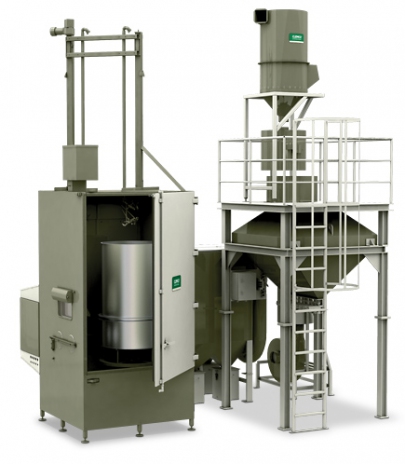
Automation Blasting
Clemco automated systems are designed to provide the exact same result, time and again, for high-volume production. Each cabinet is tailored to the specifics of a customer’s location and provides a reliable, high-quality blast profile on each part blasted.
Clemco offers a range of different solutions for automated blast needs: rotary drums for small parts, rotating satellite fixtures, precision oscillation and articulation of nozzles, automated robotic options, as well as custom-designed solutions engineered down to the last detail to work seamlessly in any production line.
This combination of experience-based design and consistent high-performance execution has earned Clemco the industry-leading reputation it now enjoys worldwide.
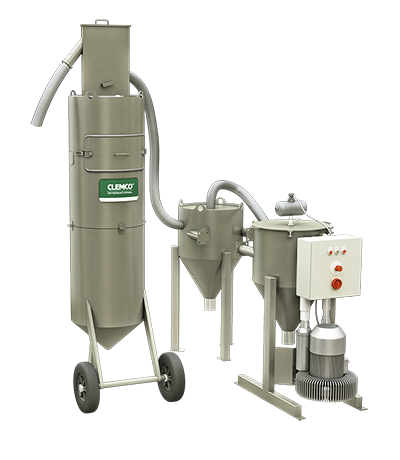
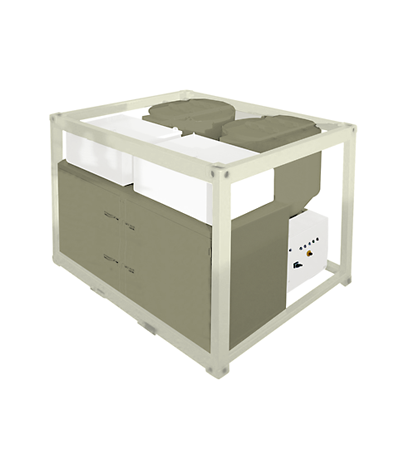
Suction unit
The suction unit is combined with a storage silo over which back suctioning occurs and in which the reusable blast media is collected. An optional cascade that can be placed on the upper chamber can also improve the cleaning and thus the quality of the blast media. A cyclone pre-separator, which is also an option, removes dust and debris upstream of the suction unit to extend its service life significantly. These optional enhancements make it possible to assemble the ideal equipment for a suction system depending on the needs and circumstances.
Each suction unit is equipped with filter cartridges to suit its size, so that the exhaust air is purified according to applicable environmental regulations.
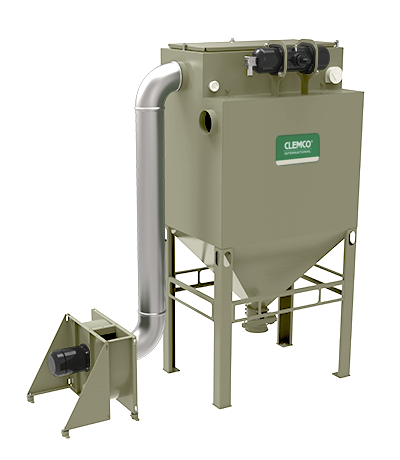
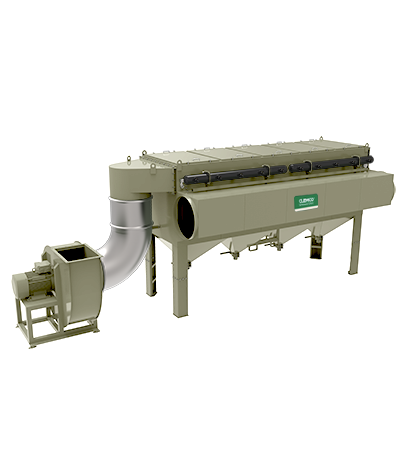
Dust collector
A dust collection system is used to extract dust from the blast room and as a dust filter for contaminated air. In general, a dust collection system is seen as a cost factor rather than considering the practical advantage. On the one hand, of course it serves to comply with applicable environmental regulations, but on the other hand, it ensures that clean air prevails in the blast room and that the operator can see well while working, so he can perform his work more effectively than if the blast room were filled with dust.
There are various filter sizes for a wide range of requirements in our product line. They range from small filter sizes, which are used as external extraction systems for a blast cabinet, to large filters with an air flow rate of up to 50,000 m³ per hour and 858 m² filter area with over 66 filter cartridges.
Through our subsidiary – Munkebo – we can provide the right filter for every application, especially in the field of large industrial plants. Here, Munkebo’s many years of experience in the field of filter technology play a key role so that a dust collection system can meet the special requirements of surface technology and the handling of different blast media and their characteristics.
The fan sizes are ideally matched to the respective filter area to generate an optimal vacuum that ensures trouble-free dust collection and purified exhaust air. Equally important for the selection of a suitable extraction system is to choose a size that fits the room. We at Clemco and Munkebo consider several parameters, the most important of which are the width and height of the room as well as the blast media used. Our proven calculation method determines the appropriate filter sizes in a way that makes economic sense.
But we do not offer dust collecting equipment only for stationary use. Our product line also includes solutions for portable use like on construction sites, for example. Portable dust filters offer the same performance as stationary filter systems, but also feature a special container design that provides extra protection against water and is easy to transport.
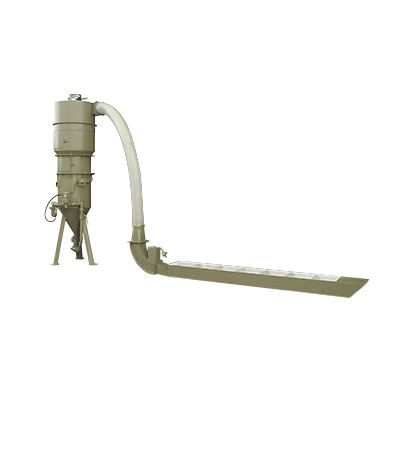
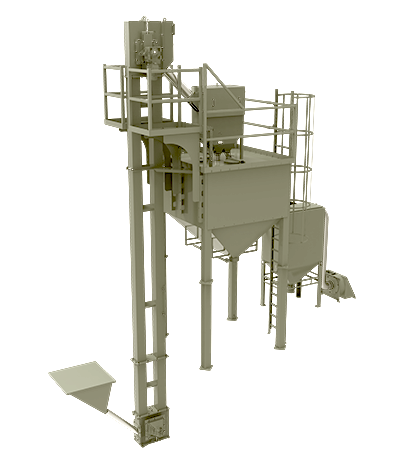
Abrasive media cleaning and transport
In order to keep in mind the economic benefits of recycling blast media, one should also be clear with respect to the maximum usage cycles of each blast medium. A supposedly cheap blast medium can become expensive very quickly if you cannot use it many times. On the other hand, of course it is expedient that the maximum usage cycle of multiple blast media be exploited to its full advantage.
However, the recycling of blast media offers more than just a financial advantage. The use of recycled blast media also affects the blasted surface, because only blast media that has the same abrasive effect is being used. On the one hand, the work can be done more efficiently and, on the other hand, the work is done with consistent blast media quality, which has a direct impact on the surface.
In order to determine the ideal recycling system, as with the return transport system, it is important to determine the blast media used in advance. Clemco offers various types of blast media reconditioning, each of which is specially tailored to the respective return transport system. For example, a rotary drum and an air classifier are used in a bucket conveyor cleaner, whereas a cascade is used in suction unit. For light blast media such as glass beads, we use our M-Section in combination with a cleaning cyclone. Our large product range offers an ideal solution for every blast medium and individual requirements.
